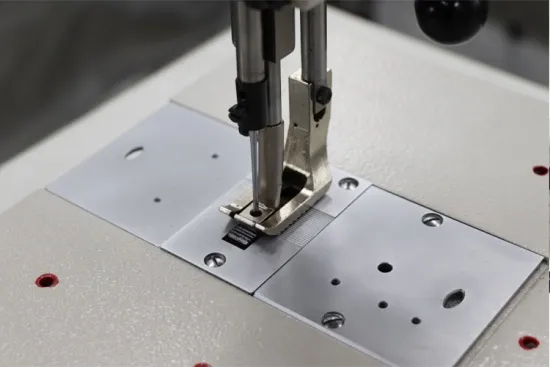what does an overlocker do
What Does an Overlocker Do?
An overlocker, also known as a serger, is an essential machine in the world of sewing, particularly when it comes to garment construction and finishing. Unlike a standard sewing machine that typically provides a straight or zigzag stitch for joining fabric pieces together, an overlocker excels in several specialized stitches that serve distinct purposes, enhancing both the durability and appearance of seams.
What Does an Overlocker Do?
In addition to applying decorative finishes, an overlocker is instrumental in creating stretch stitches. This feature is particularly valuable when working with knit fabrics, which require a certain degree of elasticity to maintain their shape and fit. Standard sewing machines may struggle with this aspect, as the stitches can break or damage delicate fibers. An overlocker employs a combination of overlocking and differential feed technology, enabling the machine to accommodate the stretch of the fabric without compromising the seam’s integrity.
what does an overlocker do

Another remarkable capability of an overlocker is its efficiency. Designed to sew multiple threads simultaneously, these machines can produce seams in a fraction of the time it would take with a traditional sewing machine. This is especially beneficial for high-volume sewing projects, such as in a fashion manufacturing setting, where speed without sacrificing quality is paramount. With the ability to handle various fabrics—from lightweight chiffon to heavy denim—an overlocker is a versatile addition to any sewing arsenal.
Overlockers typically come with multiple threading options, allowing users to choose between different stitch styles depending on their project requirements. These threads work together to create various stitch formations, including three-thread, four-thread, or even five-thread options. Each configuration serves different purposes; for instance, the three-thread overlock is great for lightweight fabrics, while the four-thread overlock adds strength and is suitable for medium-weight textiles.
Setting up an overlocker may seem daunting at first due to its multiple threads and settings, but many machines are equipped with user-friendly features to simplify the process. Color-coded threading paths and built-in tension adjustments help users achieve the perfect stitch with minimal hassle. Once familiarized, many sewists find that operating an overlocker becomes a quick and intuitive task.
In summary, an overlocker is a powerful tool in any sewing enthusiast's toolkit, standing out for its ability to finish edges, provide stretch capabilities, and deliver high-speed stitching. It not only enhances the durability of garments but also saves time, making it a valuable investment for anyone serious about sewing. Whether you’re a hobbyist, a professional dressmaker, or a fashion designer, an overlocker can significantly elevate the quality of your work, allowing you to achieve that coveted professional finish in your sewing projects. As you explore the world of sewing, consider the multifaceted benefits of adding an overlocker to your creative repertoire, and you will undoubtedly see an impressive transformation in your sewing outcomes.
-
Boost Production Efficiency with a Pattern Sewing MachineNewsAug.29,2025
-
Industrial Excellence with the Best Heavy Duty Sewing MachineNewsAug.29,2025
-
Precision and Power with the Best Pattern Sewing MachineNewsAug.29,2025
-
Reliable Bulk Packaging Starts With the Right FIBC Sewing MachineNewsAug.29,2025
-
Advanced Packaging Solutions: Elevate Productivity with Jumbo Bag Sewing Machine and Industrial Stitching EquipmentNewsAug.29,2025
-
High-Performance Solutions for Bulk Packaging: FIBC Sewing Machine and MoreNewsAug.29,2025
-
Maximize Efficiency with an Industrial Cylinder Arm Sewing MachineNewsAug.28,2025


























